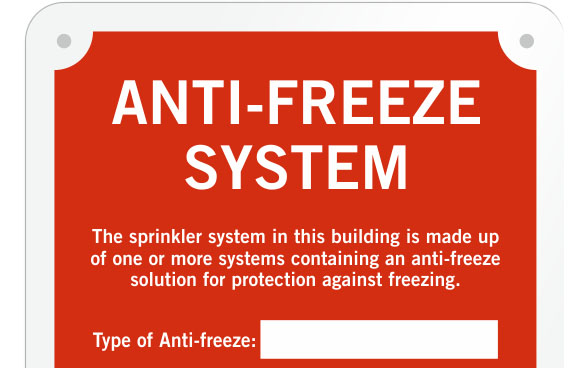This course discusses the newly available antifreeze products currently on the market in response to NFPA’s updated guidance to limit the use of antifreeze in fire protection systems. The presenter will cover the limitations for the use of each product as required by the Listing including, lower temperature limits, minimum design pressures, hazard use limitations and volume restrictions as well as the impact of low temperature conditions on the physical properties of the solutions. An example calculation using the Darcy Weisbach method will be presented to illustrate the impact and importance of these changes in physical properties on the hydraulic performance of the system. The current state of NFPA considering to extend the sunset date for legacy antifreeze solutions will also be reviewed.
Learning Objectives:
• Learn the newly Listed antifreeze products that are currently available and the usage limitations based on Occupancy Hazard
• Explain the physical properties (density and viscosity) associated with an antifreeze product based on exposure temperature conditions as well as differences between antifreeze and water as a fire suppression agent
• Calculate friction loss using Darcy Weisbach for an antifreeze solution and determine an adjusted K-Factor for sprinklers when discharging antifreeze solution
• Understand the impact of fluid expansion and how to size an expansion chamber for use with antifreeze systems
• Consider potential changes to the 2023 Edition of NFPA 25 that might impact replacement of legacy antifreeze solutions in existing systems
Click Here to Register Online
Format: Instant Access Recorded Webinar
CEUs: Based on 1.5 contact hours of training (see CEUs tab for details)


